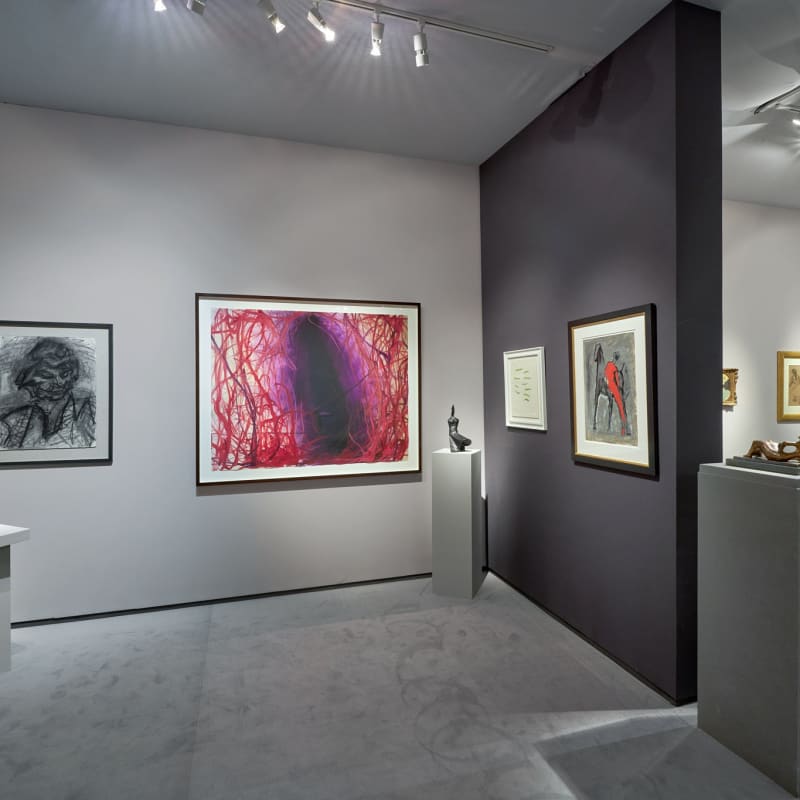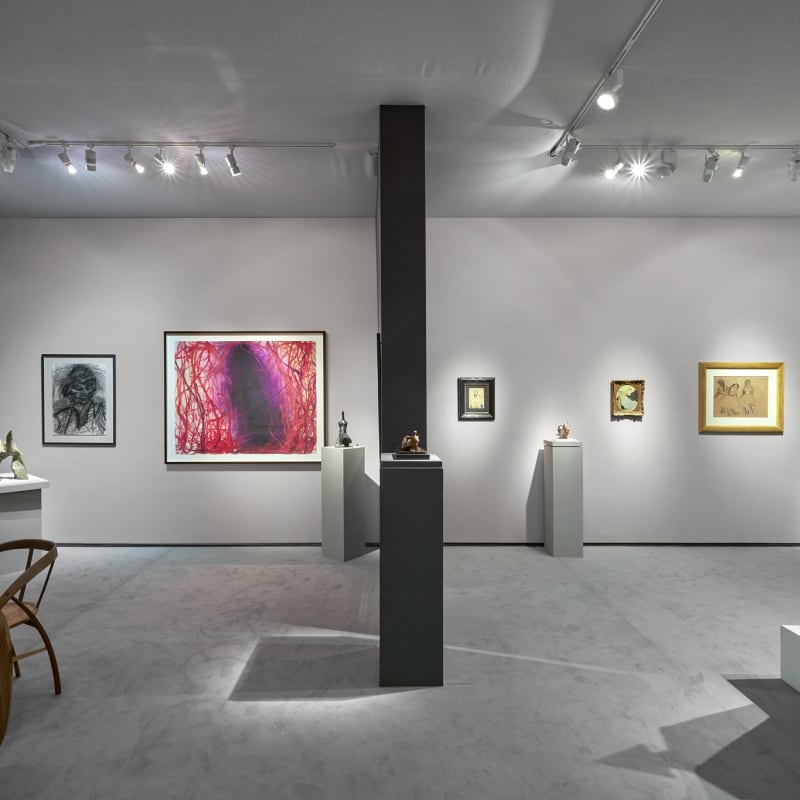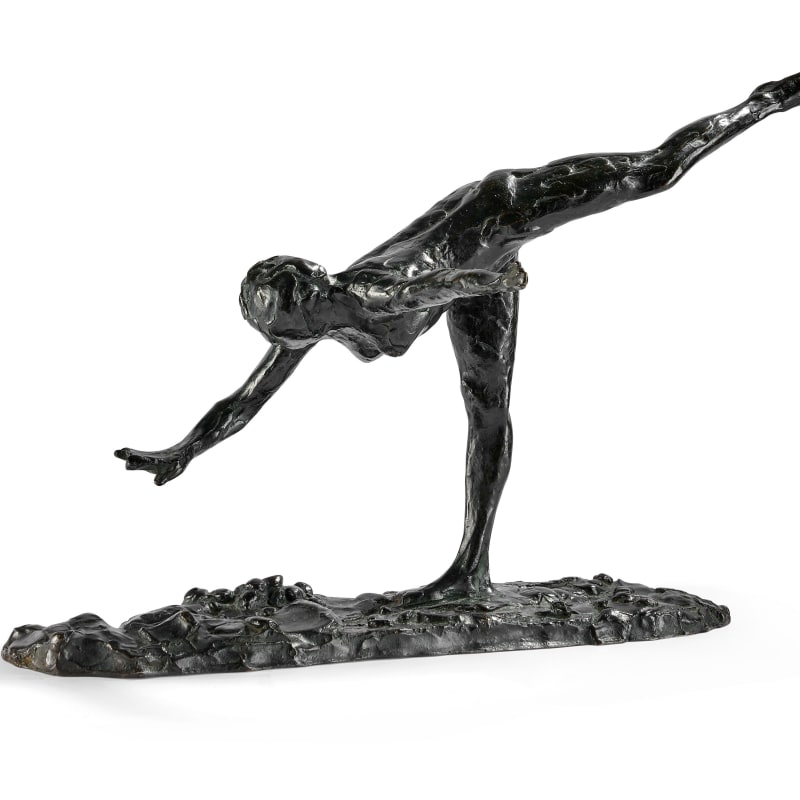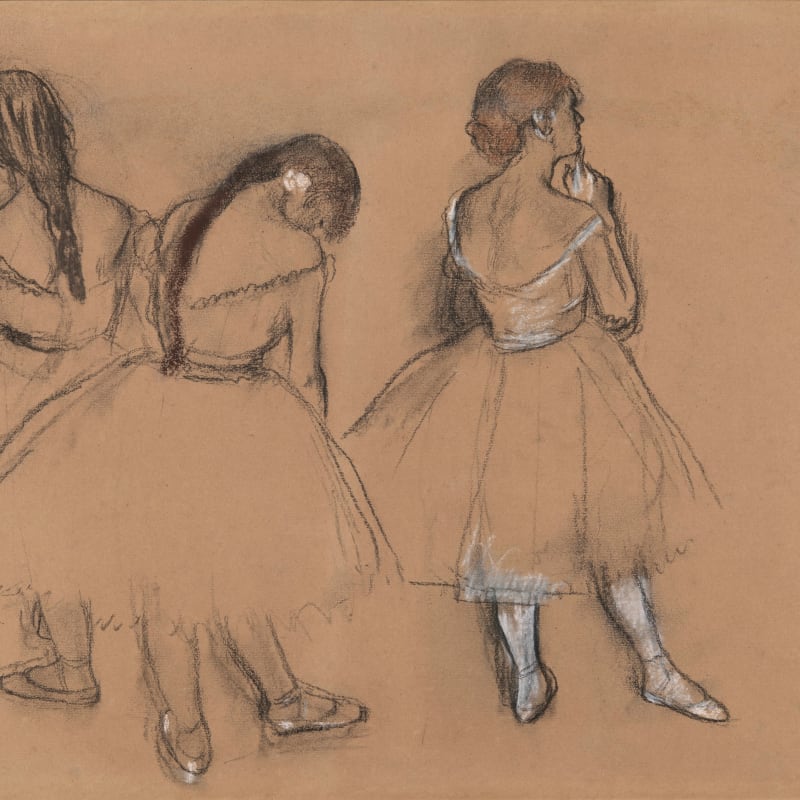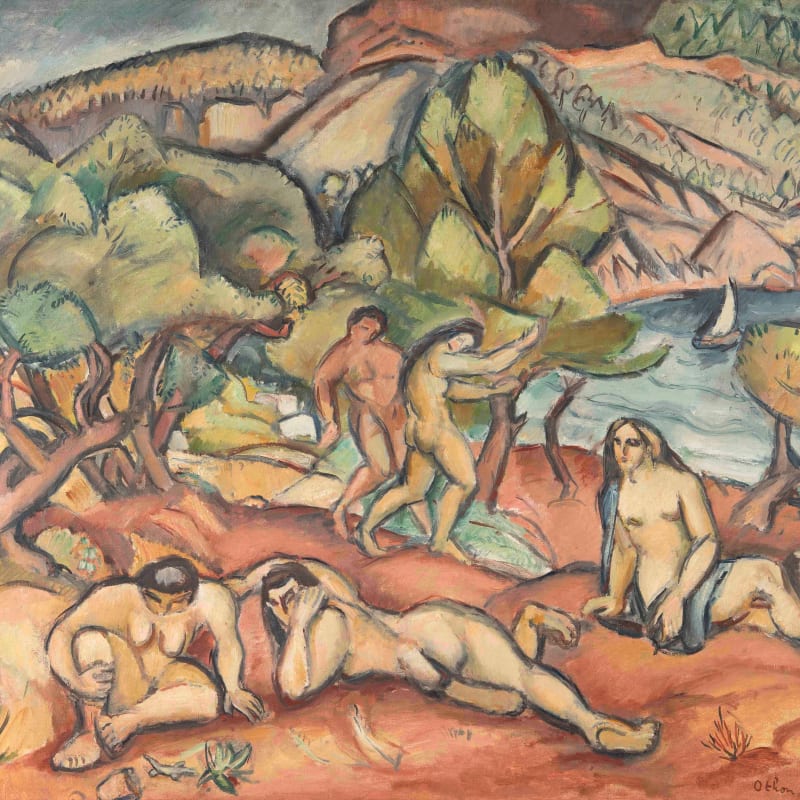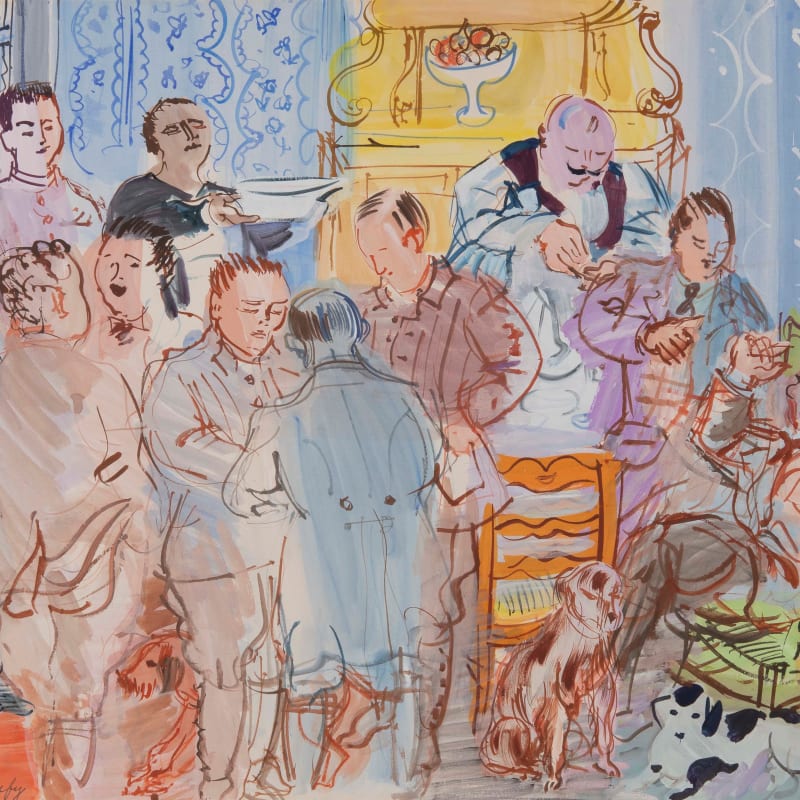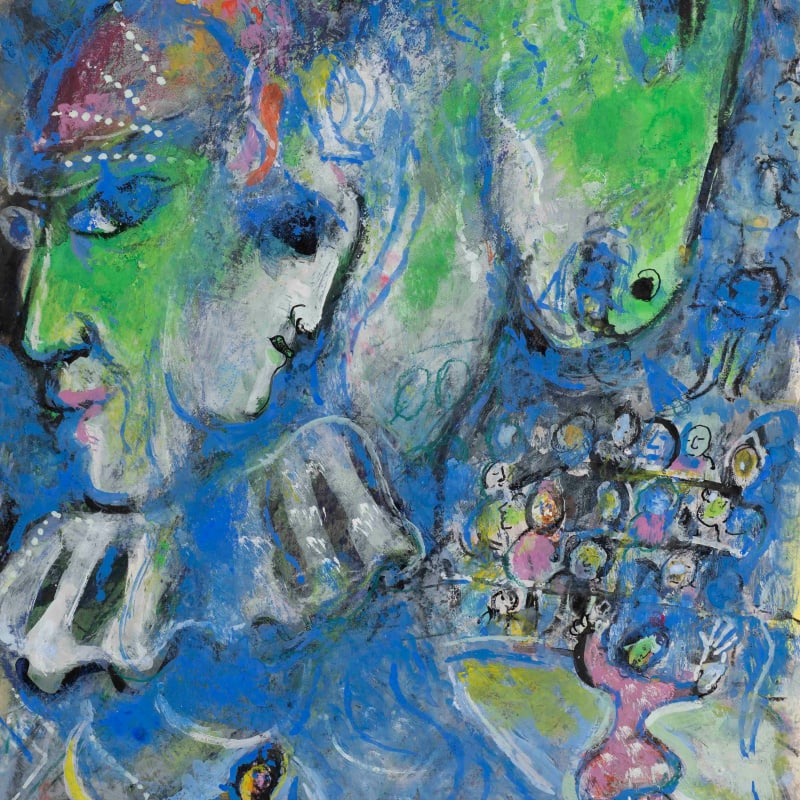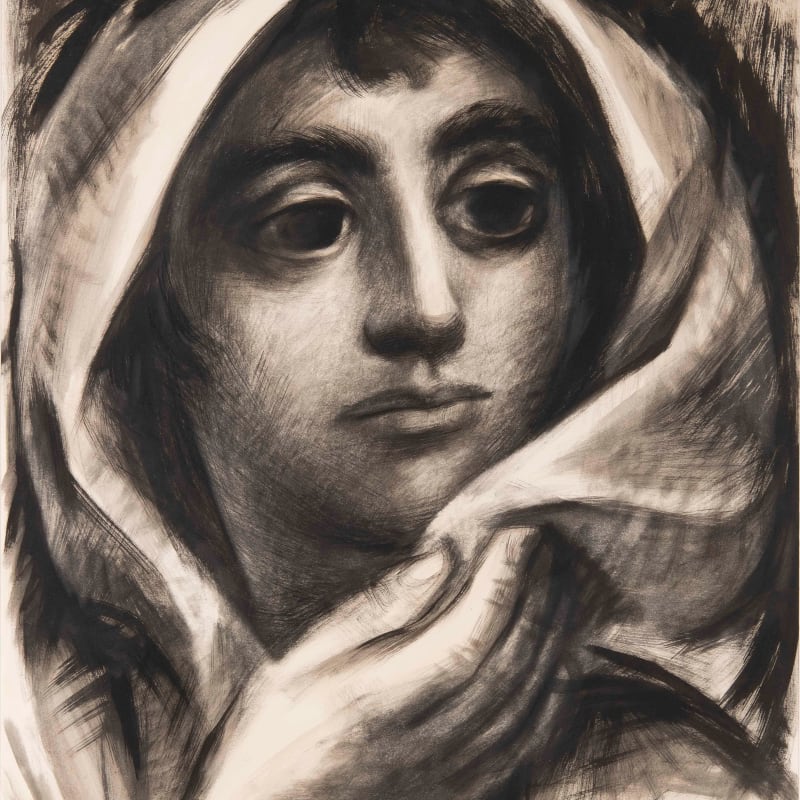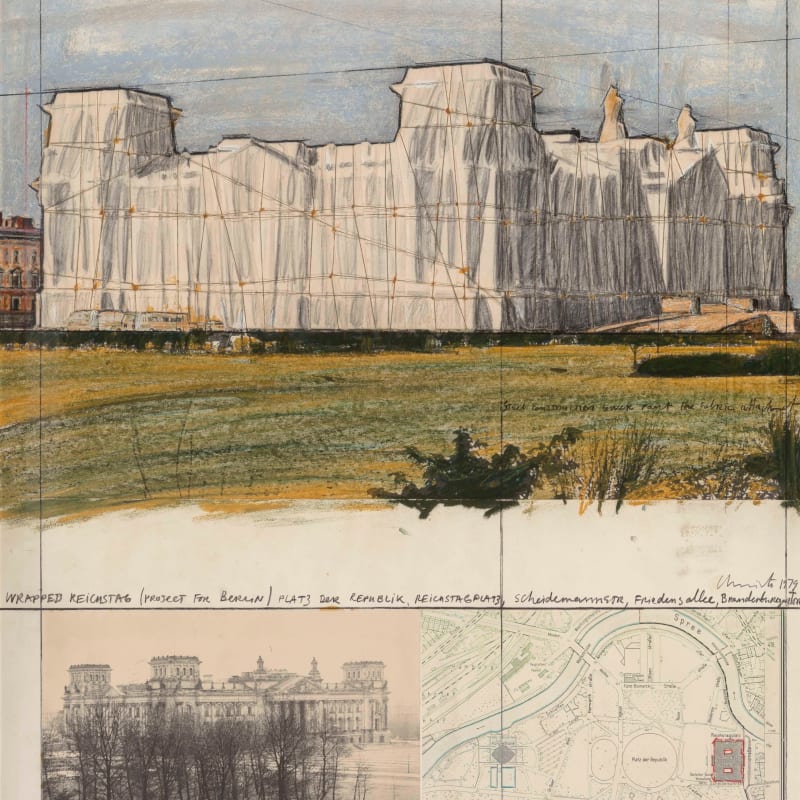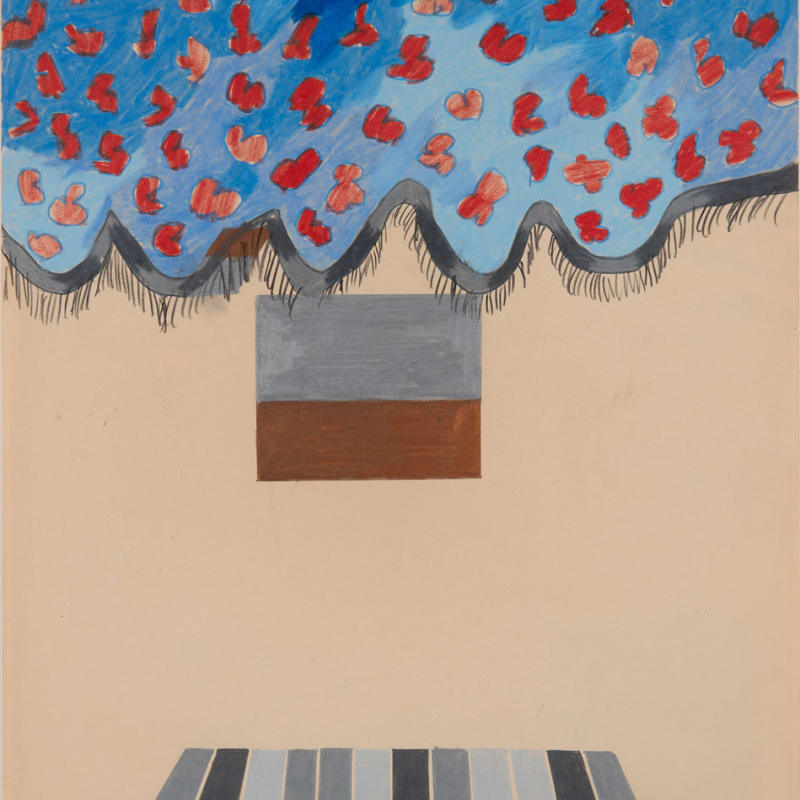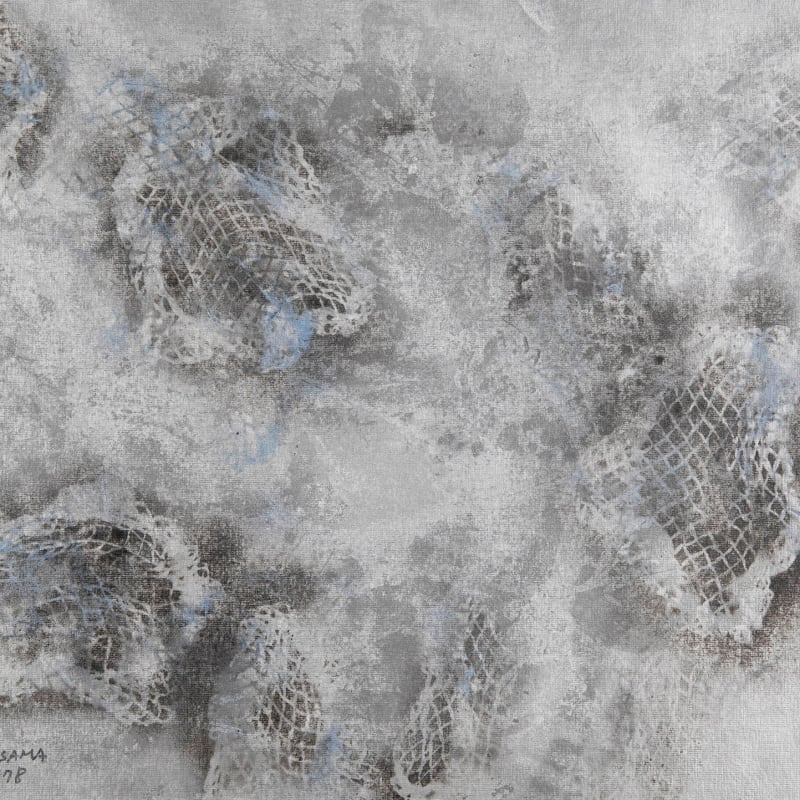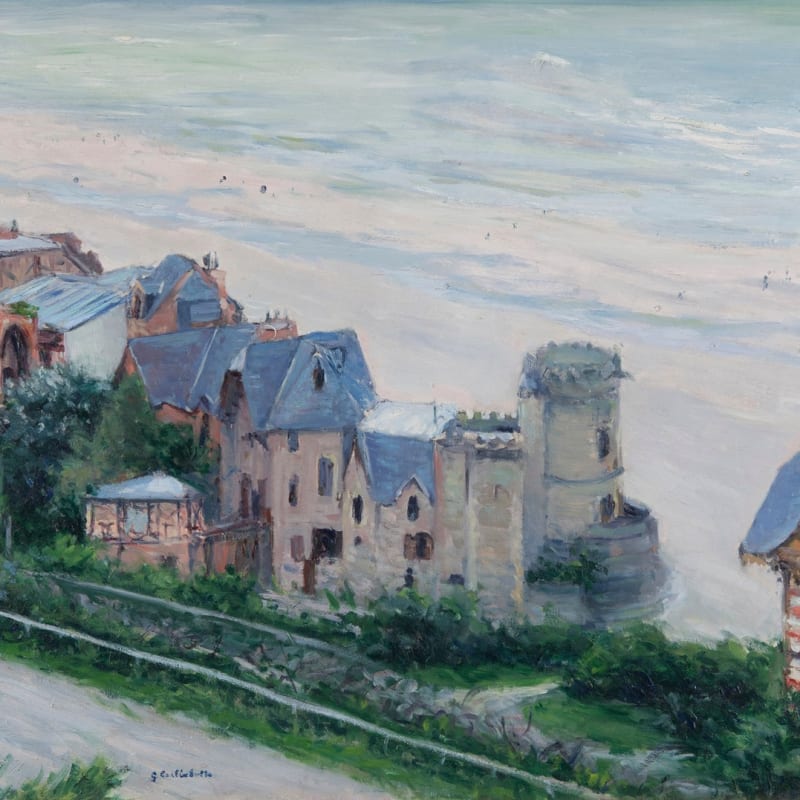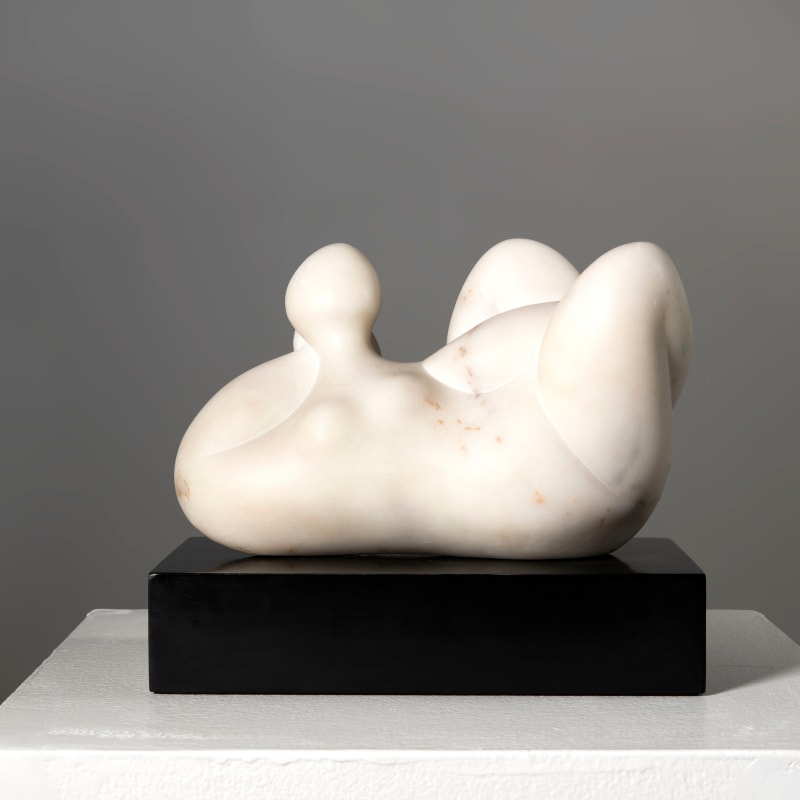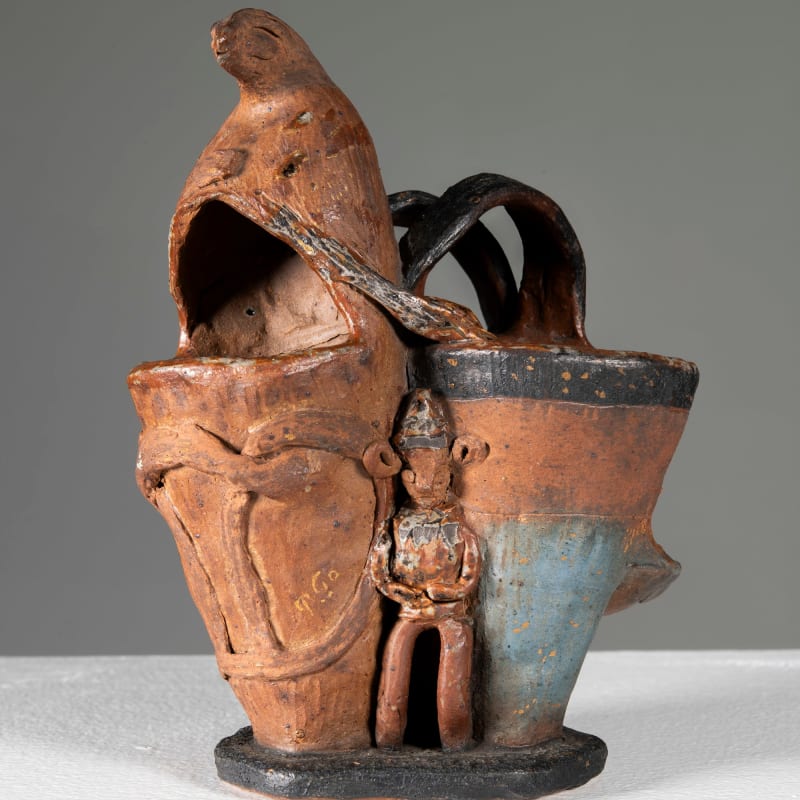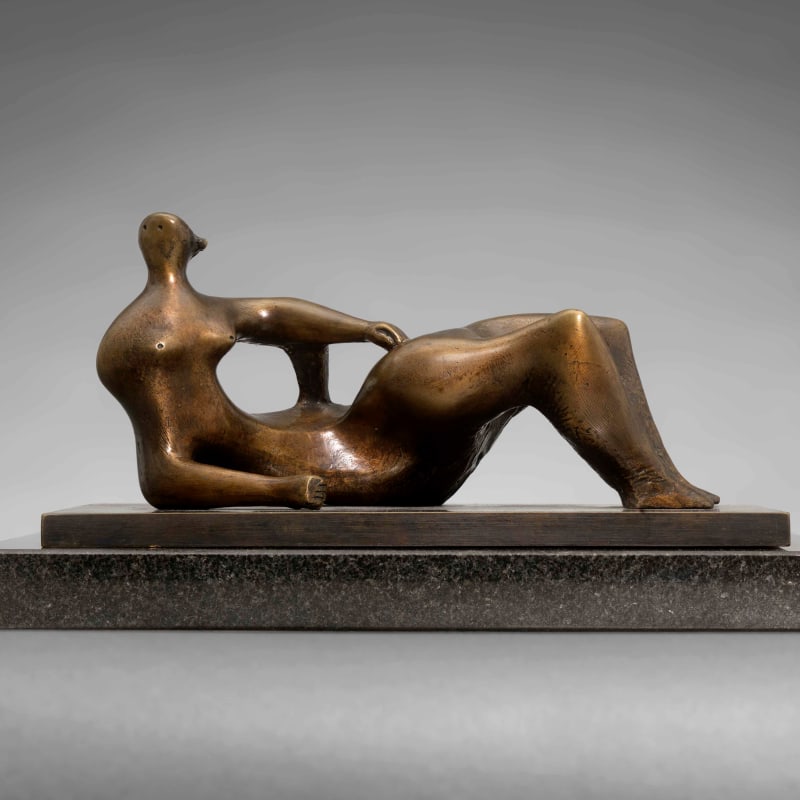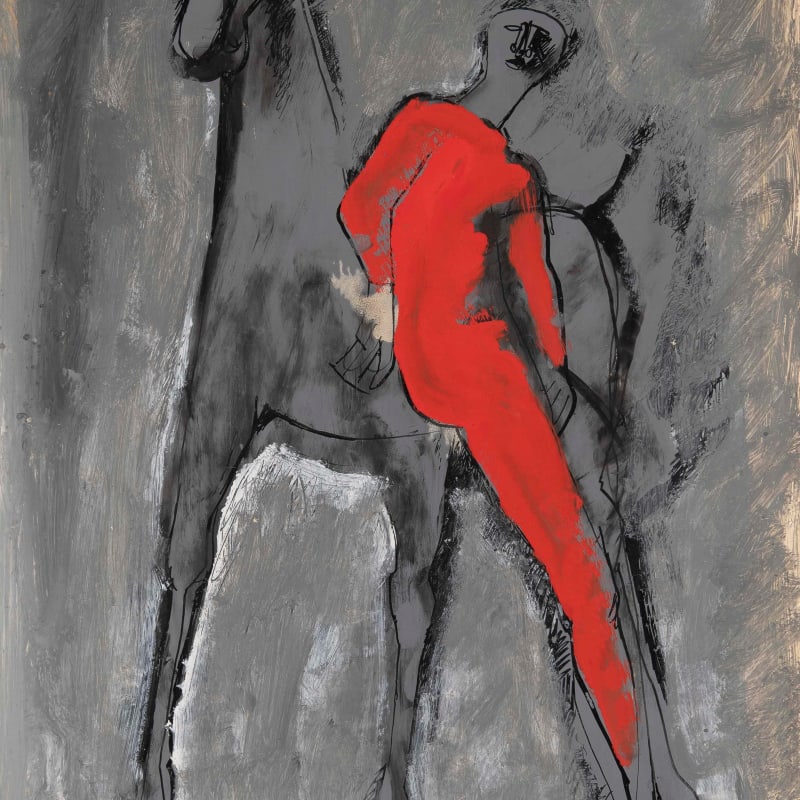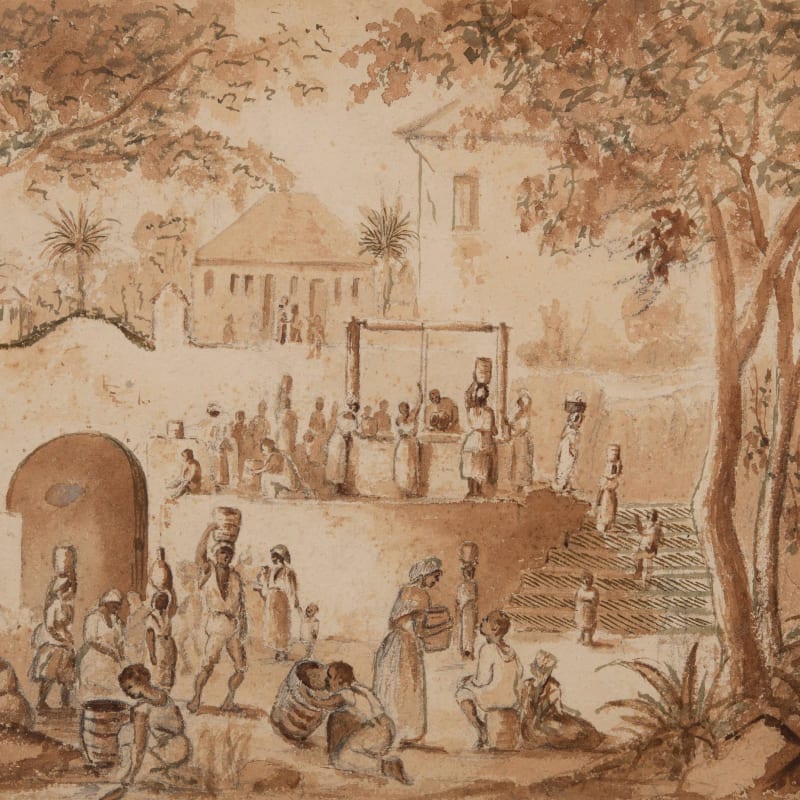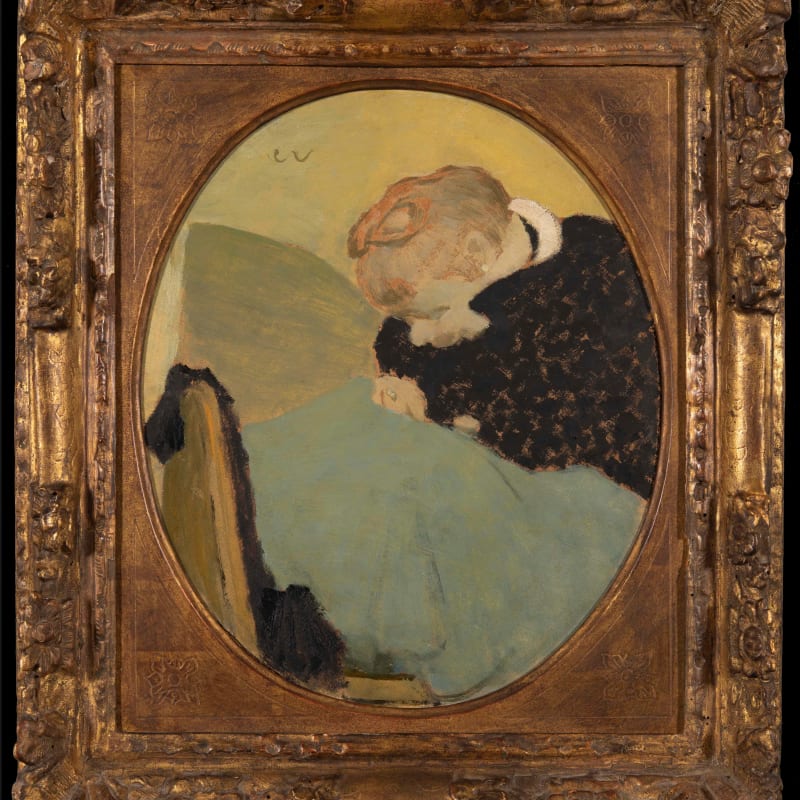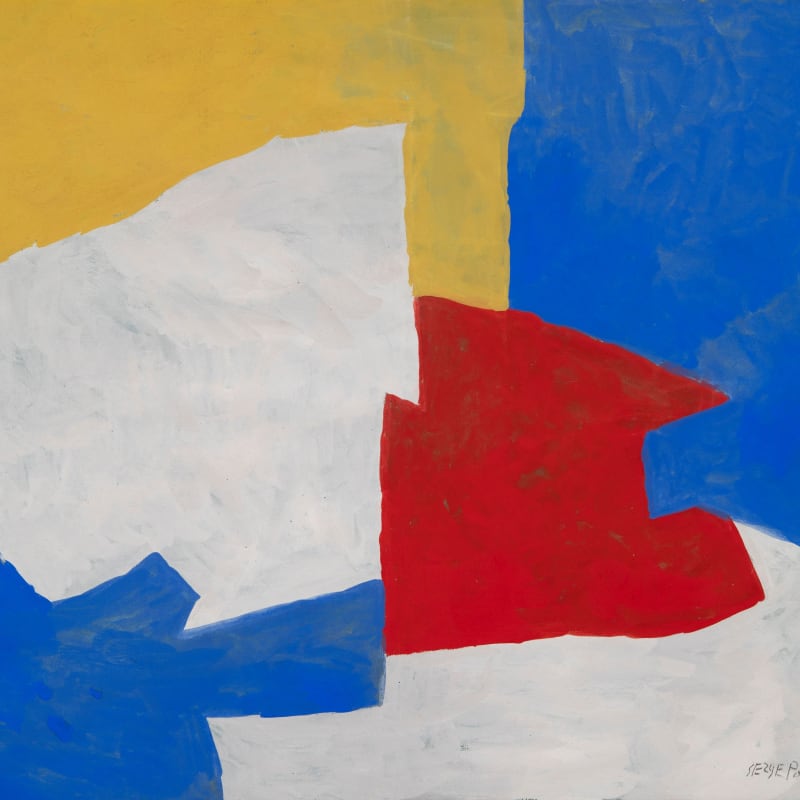- Edgar Degas, Danseuse, arabesque ouverte sur la jambe droite, bras droit à terre, c. 1885-90
- Edgar Degas, Trois danseuses, 1880
- Edgar Degas, Danse espagnole, c.1885
- Emile-Othon Friesz, Nus dans un paysage, 1909
- Raoul Dufy, Le Repas des chasseurs, 1936
- Marc Chagall, Deux profils verts au cirque, 1966
- Marc Chagall, La Cuillerée, 1912
- Baltasar Lobo, Visage, c. 1948
- Christo and Jeanne-Claude, Wrapped Reichstag (Project for Berlin), 1979
- David Hockney, Stage, 1964
- Lynn Chadwick, Back to Venice (Small Version III), 1988
- Edouard Vuillard, Étude pour Madame Germaine Rosengart (La Parisienne), 1924
- Yayoi Kusama, Far End of Silver Clouds, 1978
- Gustave Caillebotte, Trouville, la plage et les villas, 1882
- Baltasar Lobo, Contemplative, 1969
- Raoul Dufy, Le Cirque, 1934
- Lynn Chadwick, First Girl Sitting on Bench, 1988
- Raoul Dufy, Le Départ pour la soirée, 1936
- Camille Pissarro, Bateaux à quai, 1894
- Paul Gauguin, Triple pot à deux anses, c.1887
- Anish Kapoor, Untitled, 2007
- Raoul Dufy, Le Repas des chasseurs, 1936
- Henry Moore, Maquette for Reclining Figure: Prop, 1975
- Marino Marini, Horse and Equestrian in Red, 1953
- Camille Pissarro, Scène de ville, c.1852-54
- Raoul Dufy, Hommage à Claude Lorrain, c.1926
- Edouard Vuillard, La Ravaudeuse, c.1891-2
- Serge Poliakoff, Composition, 1959
- Pierre-Auguste Renoir, Paysage, 1916
- Camille Pissarro, Étude de paysanne, c.1885
- Ker-Xavier Roussel, Le Pique-nique des Roussel à L’Etang-la-Ville, c.1893-4
We are delighted to be participating in TEFAF Maastricht 2024.
This year we are highlighting three of Edgar Degas's iconic dancers:
Degas's Dancers
There are few images in art as iconic as Degas’s dancers. Degas first turned his attention to the Paris Opéra in the 1860s, and found within dance a subject that led him to create extraordinary works in every medium. Here, he was able to study the unguarded gestures of dancers at rest alongside the highly prescribed positions of the classical ballet.
In Danse Espagnole and Danseuse, arabesque ouverte sur la jambe droite, bras droit à terre Degas breaks with the nineteenth century to create strikingly modern depictions of the figure in a bold vocabulary of poses. The works abandon the detail of classical sculpture, instead focusing upon the body’s relationship with the space it inhabits and the intense physicality of form.
In the beautiful pastel, Trois Danseuses, the scene is cut off, as if Degas is stealing a glance or recording a fleeting moment for posterity. The figure on the right is thought to be Marie van Goethem, the model for the artist’s Little Girl of Fourteen Years, the only sculpture exhibited during his lifetime.
Upon Degas’s death in 1917, his studio was discovered to have many original wax, clay and plastiline models, in varying levels of completeness. The pre-eminent foundry of Adrien Hébrard and master founder Albino Palozzolo were chosen to bring these works to life in bronze. When the casts were finally exhibited in 1921, Mary Cassatt wrote to Hébrard that, we are “indebted to you for the admirable work you have done in reproducing so perfectly these fragile works in bronze”.
Degas’s bronzes are highly prized with many casts in museum collections. Those of Danse Espagnole and Danseuse, arabesque ouverte are in the Metropolitan Museum of Art, Solomon R. Guggenheim Museum, Musée d’Orsay, Detroit Institute of Arts and Carlsberg Glyptotek.
- Tumblr



